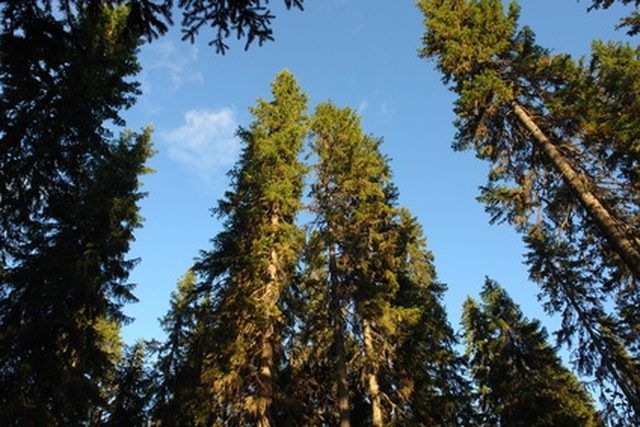Bulbs
Flower Basics
Flower Beds & Specialty Gardens
Flower Garden
Garden Furniture
Garden Gnomes
Garden Seeds
Garden Sheds
Garden Statues
Garden Tools & Supplies
Gardening Basics
Green & Organic
Groundcovers & Vines
Growing Annuals
Growing Basil
Growing Beans
Growing Berries
Growing Blueberries
Growing Cactus
Growing Corn
Growing Cotton
Growing Edibles
Growing Flowers
Growing Garlic
Growing Grapes
Growing Grass
Growing Herbs
Growing Jasmine
Growing Mint
Growing Mushrooms
Orchids
Growing Peanuts
Growing Perennials
Growing Plants
Growing Rosemary
Growing Roses
Growing Strawberries
Growing Sunflowers
Growing Thyme
Growing Tomatoes
Growing Tulips
Growing Vegetables
Herb Basics
Herb Garden
Indoor Growing
Landscaping Basics
Landscaping Patios
Landscaping Plants
Landscaping Shrubs
Landscaping Trees
Landscaping Walks & Pathways
Lawn Basics
Lawn Maintenance
Lawn Mowers
Lawn Ornaments
Lawn Planting
Lawn Tools
Outdoor Growing
Overall Landscape Planning
Pests, Weeds & Problems
Plant Basics
Rock Garden
Rose Garden
Shrubs
Soil
Specialty Gardens
Trees
Vegetable Garden
Yard Maintenance
Why Are Pine Trees Called Evergreens?
Why Are Pine Trees Called Evergreens?. Pine trees are not deciduous trees. The leaves of deciduous trees begin to change color in the fall and eventually fall off the tree. Pine trees are called evergreens because they have green leaves, or needles, all year.

Pine trees are not deciduous trees. The leaves of deciduous trees begin to change color in the fall and eventually fall off the tree. Pine trees are called evergreens because they have green leaves, or needles, all year.
Conifers and Evergreens
Conifers, or cone-bearing trees like the pine, are often called evergreens, but not all conifers stay green all year. Not all evergreens are conifers, either.
What Makes Evergreens Green?
What most people refer to as pine needles are actually the leaves of the pine tree. They contain chlorophyll, which gives them their green color.
Protection from the Cold
Pine needles are covered with a waxy coating that protects them from freezing and dehydration. In deciduous trees, cold weather initiates the fall change of colors that leads to leaf drop.
Life of a Pine Needle
Most pine needles do not fall off the tree after a season of growth. They can remain on the tree and stay green for several years.
Photosynthesis
The chlorophyll in plants and trees absorbs light for the process of photosynthesis, or converting carbon dioxide into oxygen. Pine trees and other evergreens continue to photosynthesize, albeit at a slower rate, during the winter as long as they have enough water.